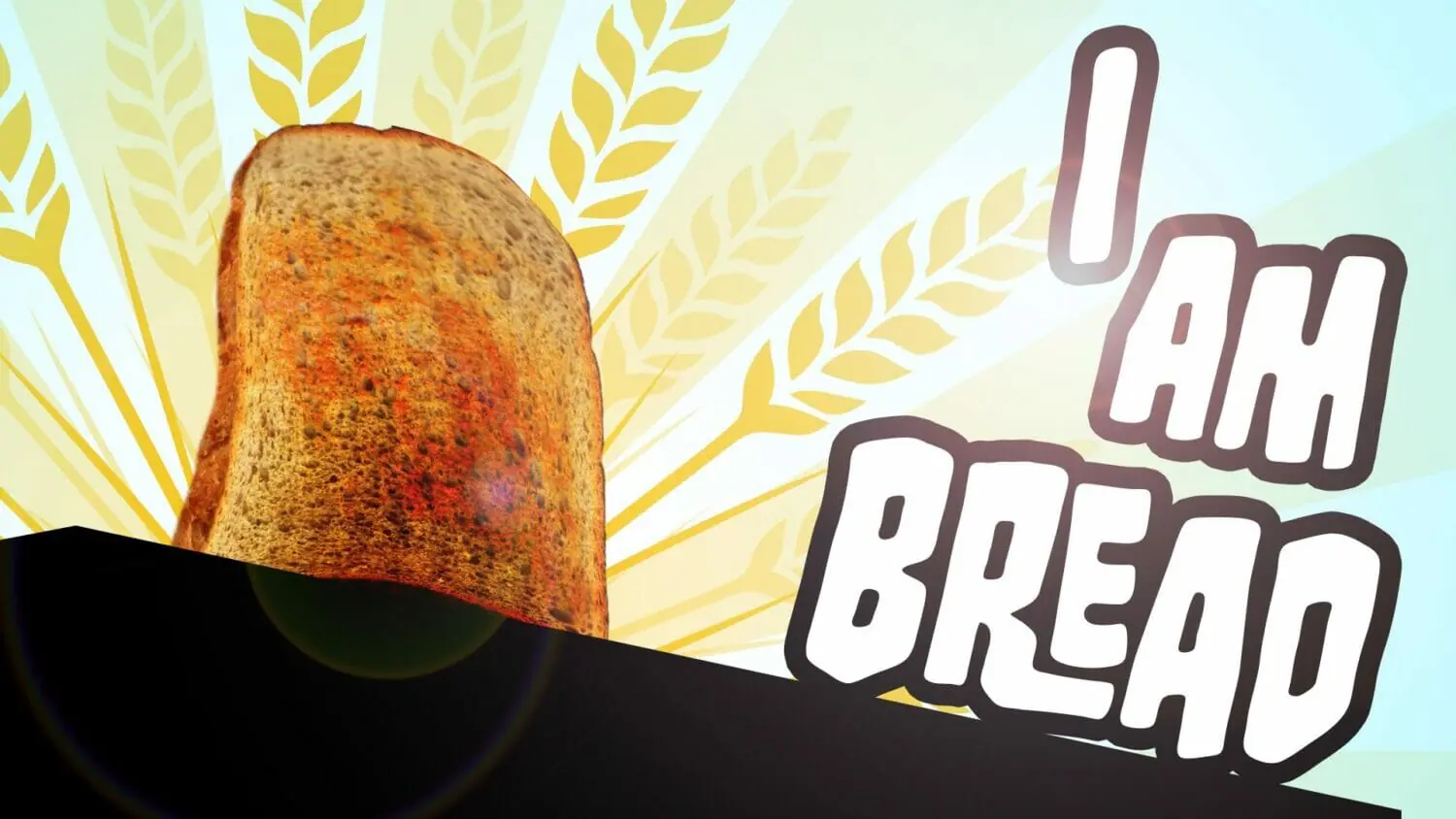Baking bread is easy. This basic bread recipe takes 10 minutes of actual work. The rest of the time is spent waiting for the bread to rise or bake in the oven. A loaf of bread costs $3.50 or more to buy. Making this recipe costs about $1, a savings of $2.50. 6 loaves of bread at 10 minutes per loaf multiplied by a savings of $2.50 each equates a total savings of $15 per hour. And this is for one loaf. Two loaves are no more difficult to produce than one and double the profits to $30/hour. If you make less than $15/hour at work or share a home, you should make your own bread.
Ingredients
Unlike cooking, precise measurements are important when baking, and it is better to measure ingredients by weight rather than volume whenever possible. Temperature is also key. The ingredients should all be approximately the same temperature and as close to body temperature as possible. Baking good bread takes practice, so don’t get discouraged. I use a 60/40 mixture of whole wheat and white flour because I find it is a good balance between the quick energy of white flour and the slow-release energy that whole wheat flour provides. The white flour also aids with digestion.
2 ½ cups whole wheat all purpose or bread flour
1 ½ cups white all purpose flour
1 1/8 cups water
2 ½ tsp active dry yeast
1 tsp sugar
1 tsp salt
2 tsp canola oil
Directions
- Warm half the water, stir in the sugar, then stir in the yeast.
- Save ½ cup of the white flour, and thoroughly mix the remaining flour together. In the winter, I usually warm the flour in the oven. Turn the oven on for 30 seconds, then turn it off before putting your bowl in. This way you won’t forget and leave the oven on. Make a well in the centre of the flour and pour in the yeast mixture once it has doubled in volume. Use a spoon to avoid getting your fingers messy and mix the liquid into the flour until the liquid has been absorbed. Warm the other half of the liquid, dissolve the salt, add the oil, then combine it with the flour mixture, this time using your hands.
- Once the liquid has been absorbed into the flour mixture, slowly add the remaining half cup of white flour while mixing until the dough becomes smooth and loses its stickiness. Remove it from the bowl and place it on a clean, lightly floured countertop and let it sit for 1 minute. Knead the dough for approximately 5 minutes by pushing down and away from you with the palm of your hand, then folding the sides of the dough back in on themselves and pulling the part which you just pushed away back down across the top of the folds before again pushing down and away and repeating the process.
- Lightly flour the top of the dough and place it inside a clean, lightly oiled bowl, and cover with plastic. Even in the summer, I usually place the bowl a warmed oven. Let the dough rise until it has doubled in volume, approximately 40 minutes. Once the dough has risen, remove it from the bowl and punch it down using your fist to remove the gas inside.
- The dough can now be shaped before being given its final rise known as “proofing”. I usually just use a sheet pan and shape my bread into a “round”. Simply form the dough into a ball by folding the edges of the dough into the centre and pushing down with the palm of your hand. Once a ball is formed, pinch the centre closed to form a parcel. Turn the dough over and roll it briefly between your cupped hands to complete the seal. Press in the bottom edges of the dough slightly with your fingers and flatten the top gently with your hand then place it on a floured baking tray. Flour the top of the dough then make two shallow cuts across the surface with the dough using a knife or even the tip of a spoon.
- Preheat the oven to 425F and leave the dough to proof in a warm spot for 40 minutes or until doubled in size. Place it in the hot oven and bake for 20 minutes or until the bottom sounds hollow when tapped and the crust has developed a medium to dark brown colour. The edge of the flour sprinkled on the baking sheet will also be brown while the flour closest to the loaf will still be white. Remove the loaf from the pan, and cool on a wire rack. You can try keeping a pan of hot water on the oven’s lowest rack while baking—moisture helps brown the crust.


Recent Comments